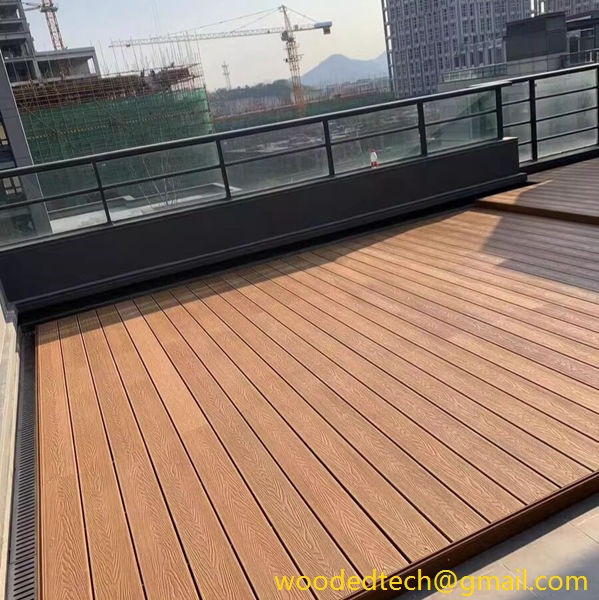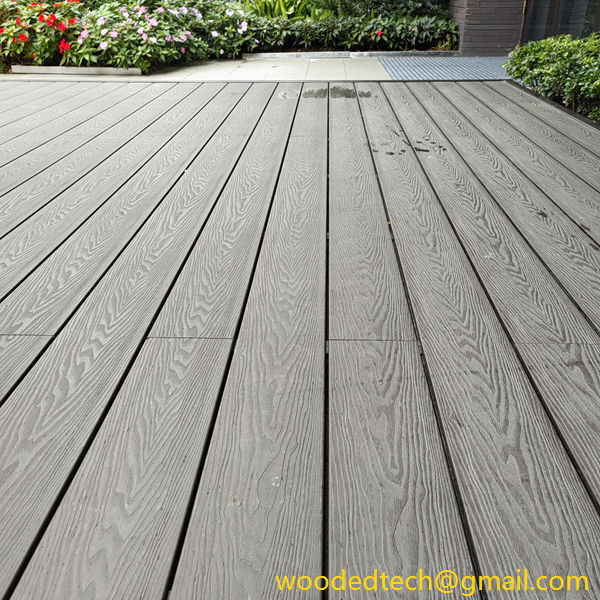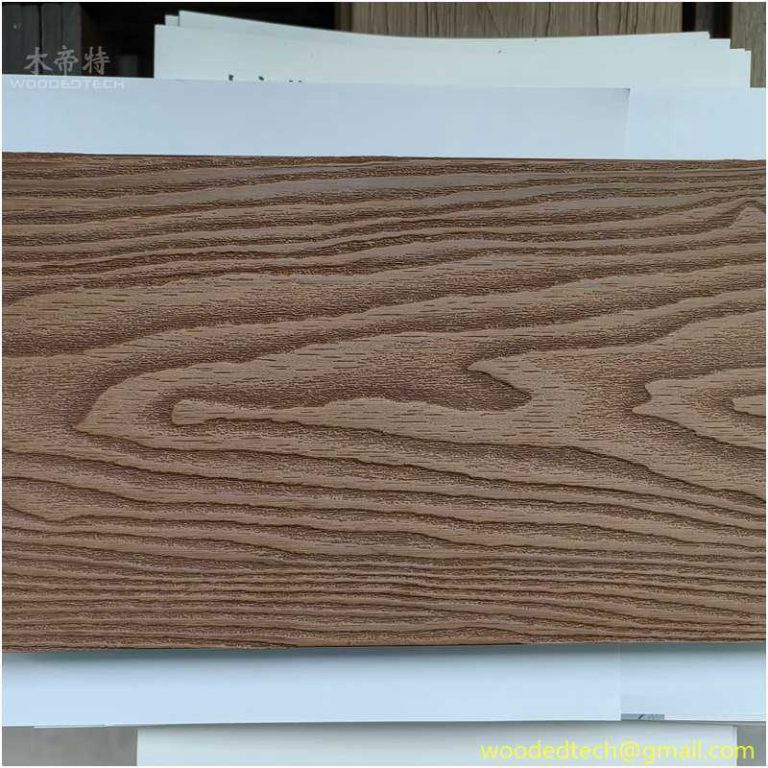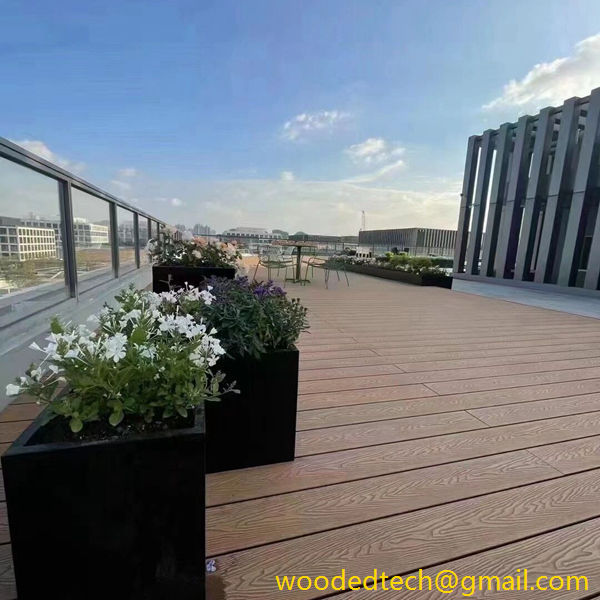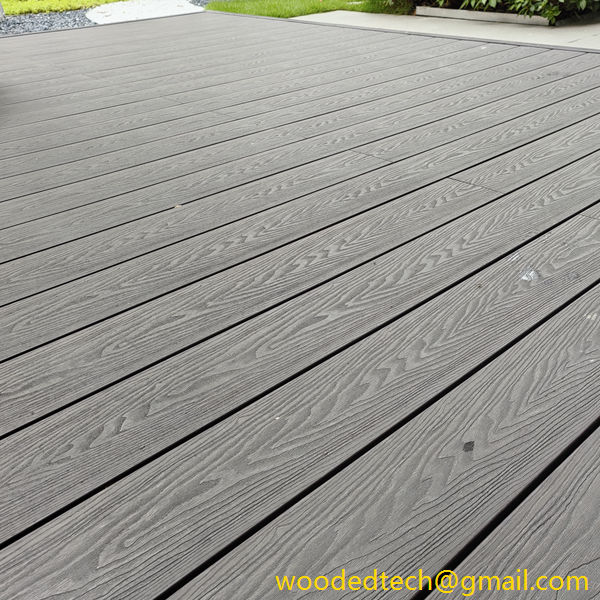Explore the Versatility of Wood Plastic Flooring for Various Applications
Wood plastic flooring has gained significant popularity in recent years due to its unique combination of aesthetics, durability, and versatility. As a composite material made from a blend of wood fibers and plastic, wood plastic flooring is engineered to provide the best of both worlds: the natural look of wood and the resilience of synthetic materials. This article explores the various applications of wood plastic flooring, highlighting its production process and the advantages that make it suitable for a range of environments.
The production process of wood plastic flooring begins with the careful selection of raw materials. Manufacturers typically use recycled wood fibers, such as sawdust or wood shavings, combined with thermoplastic polymers like polyethylene or polypropylene. This eco-friendly approach not only reduces waste but also contributes to sustainability in the flooring industry. The materials are blended together in specific ratios to achieve the desired characteristics, such as flexibility, strength, and moisture resistance.
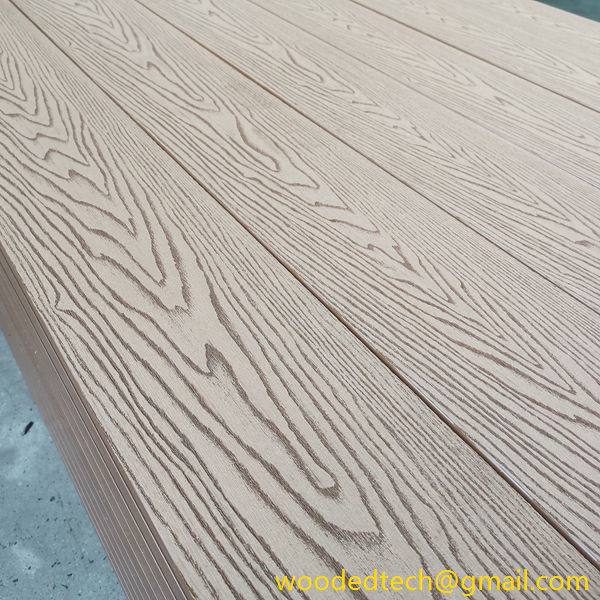
Once the materials are prepared, they undergo a process known as extrusion. In this step, the blended mixture is heated and forced through a mold to create planks or tiles of flooring. The extrusion process allows for the customization of various dimensions, thicknesses, and surface textures, catering to diverse aesthetic preferences and functional requirements. After extrusion, the flooring is cooled and cut into the desired lengths, ready for finishing.
The versatility of wood plastic flooring makes it an ideal choice for numerous applications. One of the most common uses is in residential settings. Homeowners appreciate the warm, natural appearance of wood plastic flooring, which can mimic the look of hardwood without the associated maintenance challenges. Unlike traditional wood, wood plastic flooring is resistant to moisture, making it suitable for areas prone to humidity, such as kitchens and bathrooms. Additionally, its durability ensures that it can withstand heavy foot traffic, making it a practical option for busy households.
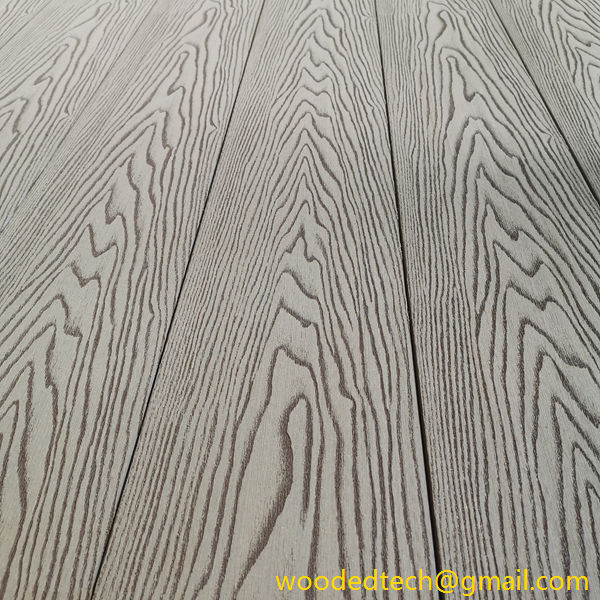
In commercial settings, wood plastic flooring has also found a substantial market. Retail stores, offices, and restaurants often choose this type of flooring for its durability and ease of maintenance. The surface can be easily cleaned and does not require the same level of upkeep as traditional wood floors. This characteristic is particularly advantageous in high-traffic areas where spills and stains are likely to occur. The ability to customize the flooring with various colors and textures allows businesses to create a unique ambiance that aligns with their brand identity.
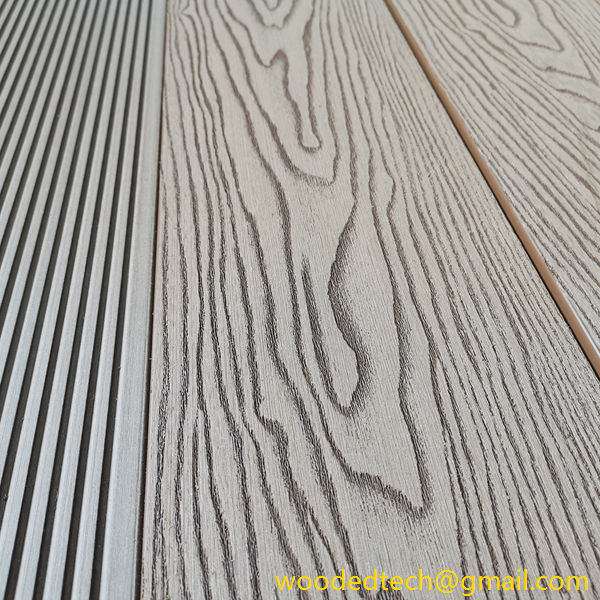
Another area where wood plastic flooring excels is in outdoor applications. Its resistance to moisture, UV rays, and pests makes it an excellent choice for decking, patios, and pool areas. Unlike traditional wood, which can warp or rot when exposed to the elements, wood plastic flooring maintains its structural integrity and appearance over time. This durability is further enhanced by the fact that it does not require regular sealing or staining, allowing homeowners to enjoy their outdoor spaces without the burden of constant maintenance.
The environmental benefits of wood plastic flooring cannot be overlooked. The use of recycled materials in its production contributes to a reduction in deforestation and waste. Furthermore, the lifespan of wood plastic flooring is typically longer than that of traditional wood, resulting in a lower overall environmental impact over time. As sustainability becomes an increasingly important consideration for consumers, wood plastic flooring presents a responsible choice for those looking to minimize their ecological footprint.
In conclusion, the versatility of wood plastic flooring makes it a highly sought-after option for various applications. Its production process, which combines recycled wood fibers and plastic, results in a durable and aesthetically pleasing material that can be used in residential, commercial, and outdoor settings. With its resistance to moisture, ease of maintenance, and eco-friendly attributes, wood plastic flooring stands out as a practical solution for those seeking both functionality and style. As technology continues to advance, we can expect further innovations in the design and production of wood plastic flooring, solidifying its place as a leading choice in the flooring market.

